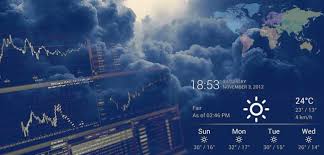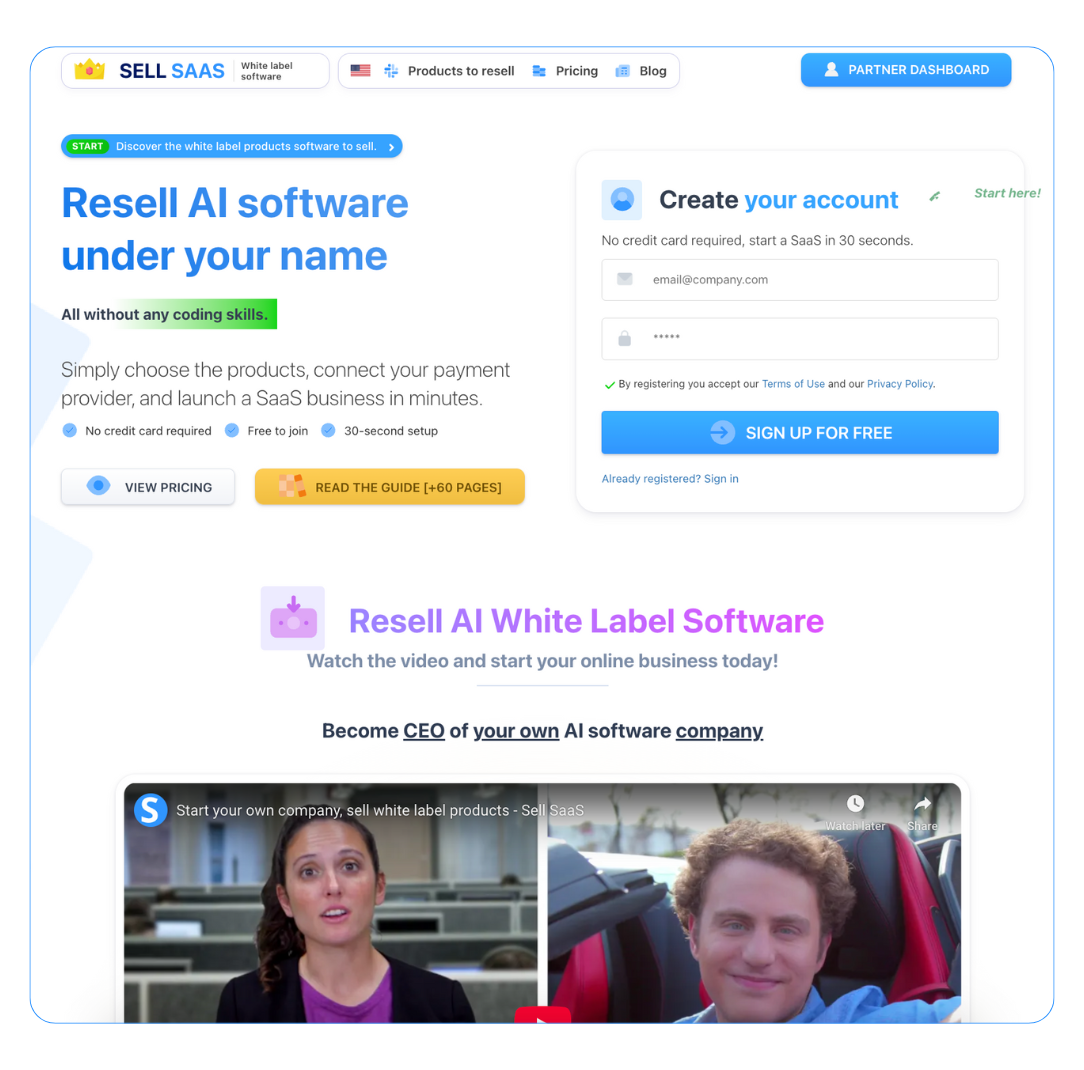
- 16th Sep '25
- Sell SaaS
- 5 minutes read
5 Ways to Use Weather Data in SaaS Products (and Why!)
You know you have a good SaaS product when it solves real problems for users.
A product can be more useful when it has live or historical weather data in the application, and it becomes more engaging. When you consider how much the weather impacts people's decisions, you realize it affects everything, from shopping to planning a trip.
When weather information is included, SaaS creators provide additional value for customers without the need to build complex systems.
Why Weather Data Matters
The weather basically shapes the everyday life of each individual, but it also affects business operations. Weather can cause delays in deliveries, changes in travel plans, and higher energy usage. It can even go as far as to affect health conditions.
| Roughly 3.4% of retail sales in the U.S. are directly impacted by weather. – National Retail Federation |
Here are some reasons why a SaaS product with weather information helps users:
-
Plan better (avoiding risks and delays).
-
Save money (doing tasks in the right conditions).
-
More safety (warnings about storms, snow, etc.).
The difference between just one more app and a SaaS product with weather data is that the second one is going to stand out in a crowded market.
-
Intelligent Deliveries and Logistics
Delivery shops, courier companies, and even small online retailers depend on the weather.
| The broader weather forecasting services market in the U.S. was worth $652.6 million (USD) in 2024; it’s projected to grow at a 7% annual rate and is projected to reach almost $1 billion ($979 million) by 2030. – Grand View Research |
If the roads are icy or a rainstorm is forecast, schedules need to be changed. A SaaS product that enables companies to manage their routes can incorporate weather forecasts to suggest alternative routes that are safer or faster.
For example, emphasizing which routes tend to experience snow delays can help businesses stay on schedule. Even a simple alert system saying "Expect slower times tomorrow morning" can build customer confidence.
-


Better Event Planning Tools
Nobody likes planning a big outdoor event and getting unexpected rain. Party-planning apps for weddings, concerts, or corporate retreats can be much more valuable with weather data. Instead of showing calendars and to-do lists (which is also fine, but not that useful), they can warn users about predicted storms or suggest indoor backup plans.
Planners may even look at the past weather records to choose the best dates for outside events. That makes a basic planner become a real decision tool.
-
Travel and Tourism Guides
Travel websites, from reservation helpers to travel guides, become more useful when they specify what the weather will be at a place. Rather than 'sunny' or 'cloudy', apps can display temperature ranges, probability of rain, or snow depth.
| The global weather forecasting services industry has reached $2.73 billion (USD) in 2024; it’s expected to grow to $4.07 billion by 2030, with tourism being a major driver – Grand View Research |
Take a second and imagine you're organizing a ski vacation: a booking site might display historical snowfall and upcoming week forecasts. That makes a more confident traveler and can get you more bookings.
One way developers simplify such integration is through a Weather API query builder, which enables apps to retrieve detailed forecasts or historical patterns without requiring coding. Such a tool makes it easier for SaaS products to offer professional-level weather intelligence with very little to no effort at all.
-
Energy and Utility Management
The weather is tied to pretty much everything, from heating and cooling to energy usage. Businesses managing properties or those that offer energy solutions can benefit from incorporating forecasts into their SaaS dashboards.
For example:
-
Predicting electricity spikes during heatwaves.
-
Suggesting pre-cold front boiler checks.
-
Helping buildings plan maintenance in calm weather.
With such forecasts included, software not only tracks usage, but it also gets users ready for it.
-


Health and Lifestyle Apps
Health apps can connect everyday routines with the weather. For example:
-
Fitness trackers can suggest running routes when the air and the temperature are ideal.
-
Allergy apps can warn of pollen spikes after rain.
-
Mental health apps may recommend activities based on sunshine hours.
These personal touches give the impression that the app 'knows' them better, leading to increased loyalty.
Cost and Effort: What Businesses Can Expect
Adding weather data to an app is easier than most people think. APIs (application programming interfaces) enable you to pull data from trusted sources without setting up your own weather station.
Here's how costs might look:
| Option | Typical Cost (in USD) | Best For |
| Free or basic weather APIs | $0 - $50/month | Small apps, testing, limited daily requests |
| Mid-tier APIs with history + forecast | $50 - $300/month | Growing apps need reliable, scalable data |
| Enterprise APIs (large call volumes, advanced data) | $500+/month | High-traffic platforms, corporate SaaS products |
If the weather integration is adding value like increasing subscriptions or attracting new users, the return is so much higher than a paid subscription.
How to Start
-
Define the use case: Figure out if you require forecasts, history, or both.
-
Choose the appropriate API: Weigh the cost, limits, and your expected traffic.
-
Design the user view: Make weather information easy to read, don't overdo it.
-
Test with users: Determine if the new feature simplifies their work.
-
Develop features gradually: Begin with alerts, followed by charts or maps.
Conclusion
Weather data is such a practical tool.
This tool can make SaaS products smarter and more convenient for users. Logistics, lifestyle, the weather – all these (and more) can make a huge difference and add value to your product.
 Create your own software
Create your own software



